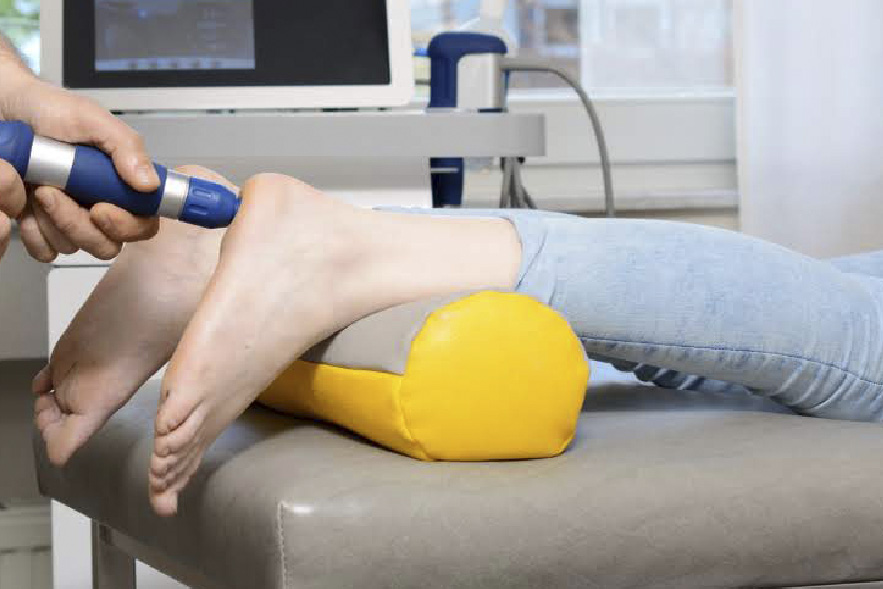
Conditions that Shockwave Therapy Can Treat
Extracorporeal Shock Wave Therapy (ESWT), commonly known as shockwave therapy, has revolutionized the treatment landscape for various musculoskeletal conditions. This non-invasive procedure employs acoustic waves to stimulate healing and alleviate pain, making it a preferred choice for many patients seeking alternative therapies. Among the plethora of conditions amenable to shockwave therapy, five stand out as particularly well-addressed by this innovative approach: plantar fasciitis, tennis elbow (lateral epicondylitis), Achilles tendinopathy, calcific tendinitis of the shoulder, and patellar tendinopathy.
Plantar fasciitis
Plantar fasciitis, a prevalent cause of heel pain, results from inflammation of the plantar fascia—a thick band of tissue connecting the heel to the toes. Shockwave therapy has demonstrated remarkable efficacy in reducing pain and improving function in individuals suffering from plantar fasciitis. By targeting the affected tissue with acoustic waves, shockwave therapy accelerates the healing process, promoting tissue repair and alleviating discomfort.
Tennis elbow
Tennis elbow, also known as lateral epicondylitis, is characterized by pain and tenderness on the outer side of the elbow, often due to repetitive strain or overuse of the forearm muscles. Shockwave therapy offers a non-invasive treatment option by stimulating tissue regeneration and modulating inflammatory responses in the affected area. Clinical studies have shown that shockwave therapy effectively relieves pain and restores function in patients with tennis elbow, facilitating a speedy recovery.
Achilles tendinopathy
Achilles tendinopathy, a common condition involving pain and stiffness in the Achilles tendon, poses significant challenges for affected individuals. Shockwave therapy presents a promising solution by promoting collagen synthesis, enhancing blood circulation, and reducing inflammation in the affected tendon. By accelerating tissue healing and restoring tendon function, shockwave therapy enables patients with Achilles tendinopathy to return to their daily activities with reduced pain and improved mobility.
Calcific tendinitis
Calcific tendinitis of the shoulder, characterized by the accumulation of calcium deposits in the tendons of the shoulder joint, often results in pain and restricted movement. Shockwave therapy offers a non-surgical approach to managing this condition by breaking down calcific deposits and promoting tissue regeneration. By alleviating pain and restoring shoulder function, shockwave therapy provides patients with calcific tendinitis of the shoulder with a viable alternative to traditional treatments.
Patellar tendinopathy
Patellar tendinopathy, also known as jumper’s knee, manifests as pain and stiffness in the patellar tendon—a crucial structure connecting the kneecap to the shinbone. Shockwave therapy offers a targeted approach to addressing patellar tendinopathy by stimulating tissue repair and modulating pain responses in the affected tendon. Clinical evidence suggests that shockwave therapy effectively reduces pain and improves function in patients with patellar tendinopathy, facilitating a quicker return to sports and physical activities.
Conclusion
Shockwave therapy is a versatile and effective treatment option for a diverse range of musculoskeletal conditions, including plantar fasciitis, tennis elbow, achilles tendinopathy, calcific tendinitis of the shoulder, and patellar tendinopathy. By harnessing the regenerative and pain-relieving properties of acoustic waves, shockwave therapy offers patients a safe, non-invasive, and clinically proven approach to pain relief, tissue repair, and functional restoration, ultimately improving their quality of life and well-being.
